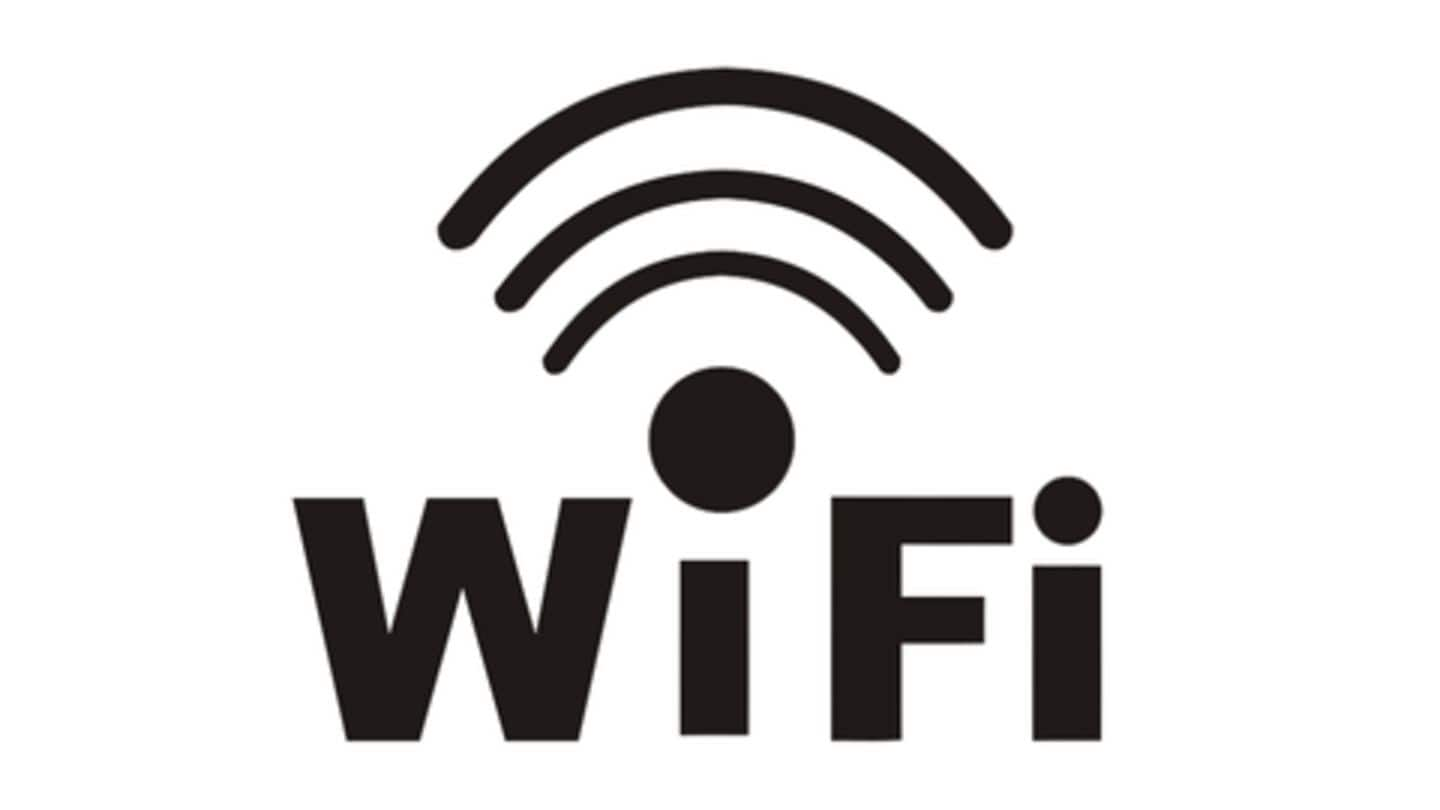
Soon, Wi-Fi could be used to detect hidden bombs, weapons
What's the story
Wi-Fi has been around for over 20 years, and over the last decade came into the mainstream with such force that today, in 2018, it has become an indispensable part of everyday life. That said, the use of Wi-Fi, so far, has largely been for internet connectivity or data transfers. Soon, however, it could be used to detect bombs and weapons at public places.
Overview
A recent study demonstrated how Wi-Fi could aid security
A peer-reviewed study by researchers from Rutgers University, New Brunswick, published a couple of months back, has demonstrated that ordinary Wi-Fi - the kind we normally use - can be used effectively to detect bombs, weapons, and other explosive chemical substances concealed in bags. In fact, the study's findings were so robust, that it won the best paper award at the 2018 IEEE Conference on Communications and Network Security.
How?
How exactly can Wi-Fi help detect bombs and weapons?
The researchers demonstrated that metal or liquids, which constitute most weapons and bombs, interfere Wi-Fi signals in a way that can be detectable. Coupled with the fact that Wi-Fi signals can easily pass through materials bags are generally made of, it makes them a very cheap and effective way of detecting concealed objects and substances that can pose a threat to security.
Testing
For a work-in-progress, the Wi-Fi detection system was phenomenal
To demonstrate the same, the researchers built a Wi-Fi weapon detection system using off-the-shelf Wi-Fi, and tested it on 15 types of dangerous objects and six types of bags. They found that the system was able to distinguish dangerous substances from harmless ones with a mind-blowing accuracy of 99%. It could identify metals with a 98% accuracy, liquids with a 95% accuracy, and dangerous substances in general with a 90% accuracy.
Improvement
Currently, work is on to improve the system's accuracy
Encouraged by their success, the team is currently working on ways to make the system more accurate. More specifically, they are working to ensure that the system can better detect an object's shape, and the volume of liquids contained in bags. This would enable even more accurate identification of potential threats at public places, thereby allowing for the implementation of cost-effective security solutions.
To conclude
Wi-Fi detection systems could soon become the new norm
As it stands, baggage checking not only involves the use of expensive and specialized machines like X-ray and computed tomography (CT) machines, but also requires tremendous manpower. Consequently, it becomes difficult to implement such systems at all public places that might be a potential target for terrorists. Thus, once the Wi-Fi system is fine-tuned, it could replace these cumbersome and expensive baggage screening processes, and allow for wider implementation across a variety of places.